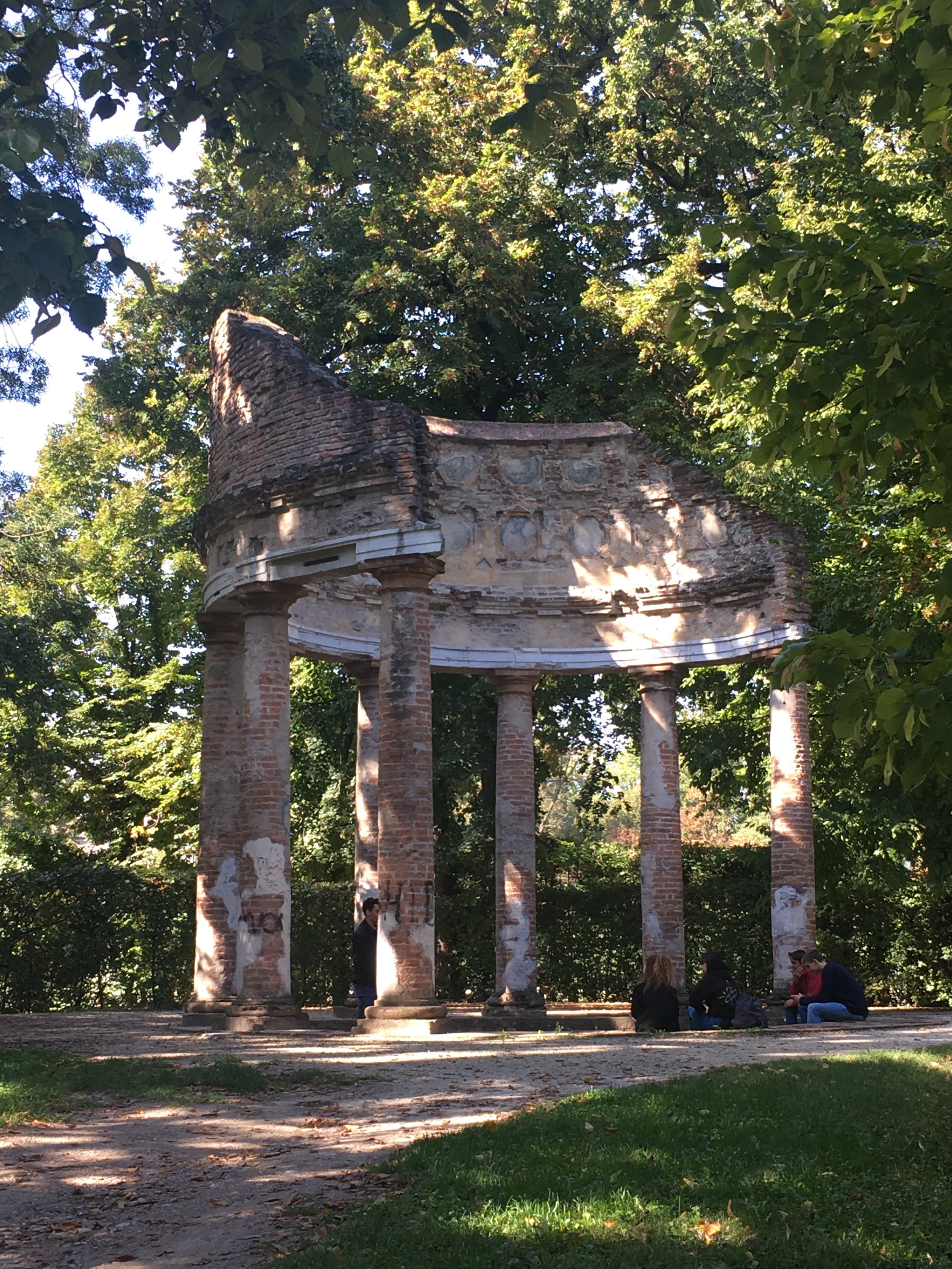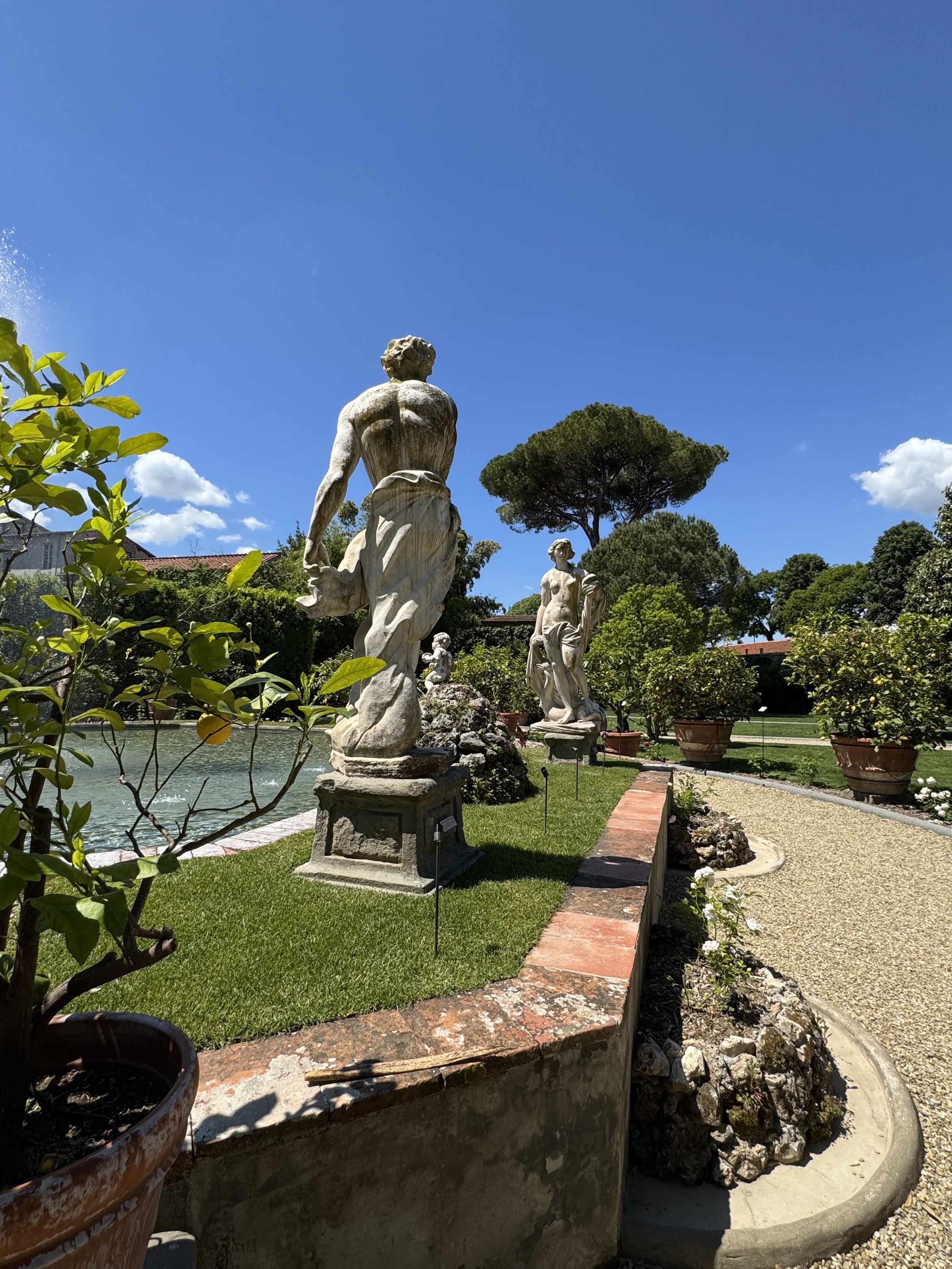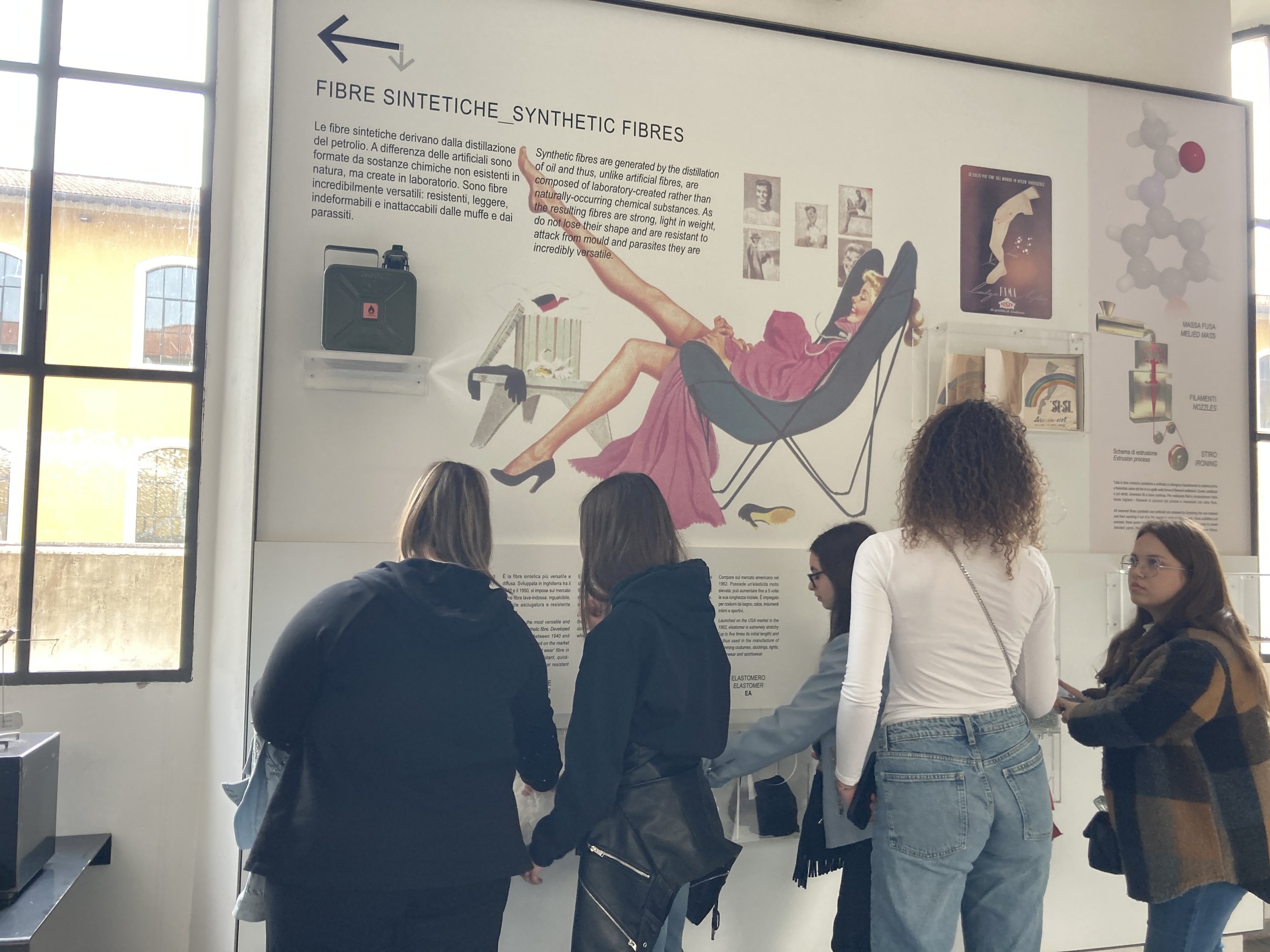Rasiglia, An Enchanted Village in Umbria
A bit off the tourist trail in Umbria, in the hills surrounding the commune of Foligno, sits a magical place – the small hamlet of Rasiglia. This Medieval village is unique in that spring-fed streams run through town creating rushing waterways, pools, and waterfalls. The streams cascade downhill through the village, eventually joining the river Menotre at the base of the hill.
The streams in Rasiglia flow downhill from springs above the village. The largest spring is the Capovena at the top of the hill..
Because of those streams, which seem to outnumber the 50 or so permanent residents, Rasiglia is also known as Il Borgo dei Ruscelli (the Village of Streams). A visit to this village was top of my to-see list during a recent stay in Umbria. Only about a 30 min drive from my base in Bevagna, it made for a perfect day trip.
The streams flow through town, sometimes tumbling down the rocks and other times pausing to fill small basins.
Remants of the fortress that once stood at the top of Rasiglia
With origins in the 12th century, Rasiglia was once a fortified town. Now, little remains of the original fortress although remnants of a tower can be seen at the top of the village.
Most important to the town’s history, the streams that flow from the springs above the village provided the power used to run its mills and also provided the water needed for the weaving and dyeing of wool, an important industry in the region.
Today, visitors can wander through the historic town enjoying the beauty and sound of its many streams along with the pretty houses and flower filled spaces tucked in amid the flowing waters. There are also cafes and lunch spots, offering a charming spot for a mid-day pause.
Not to be missed are the historic grain mill and the weaving museum. Both give fascinating glimpses into Rasiglia’s history.
While Umbria has many beautiful, and much more famous, towns it was Rasiglia that most delighted me, transporting me for one day to a fairytale world where streams run through an ancient hamlet.










































































































